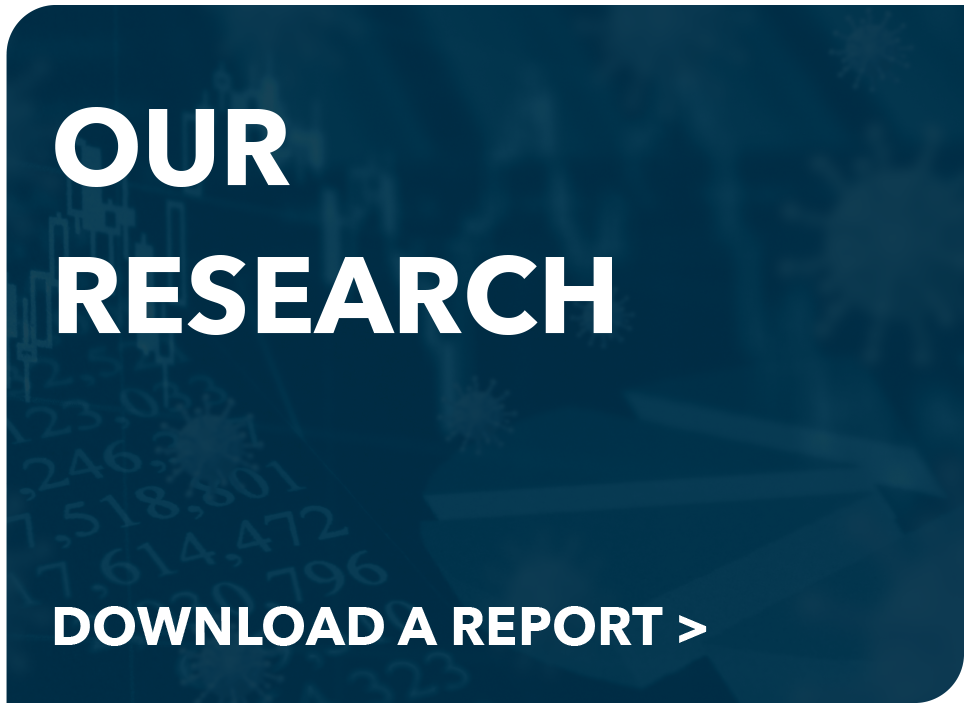GDP GROWTH:
The nation’s gross domestic product expanded at a 3.3% annual rate in the fourth quarter. The quarterly output exceeded the Wall Street consensus estimate of a 2% gain. It also capped a year in which the U.S. skirted a recession that many forecasters thought was inevitable. GDP grew at a 4.9% pace in the third quarter.
The U.S. economy for all of 2023 accelerated at a 2.5% annualized pace, well ahead of forecasts at the beginning of the year and more than the 1.9% GDP increase for 2022.
The 2023 increase primarily reflected increases in consumer spending, nonresidential fixed investment, state and local government spending, exports and federal government spending. The gains were partly offset by decreases in residential fixed investment and inventory investment. Imports decreased.
There also was progress on inflation. Core prices for personal consumption expenditures, which the Federal Reserve prefers as a longer-term measure for inflation, rose 2% for the period. On an annual basis, the PCE price index rose 2.7%, down from 5.9% a year ago. The core figure excluding food and energy posted a 3.2% annual increase annually, compared with 5.1% in Q4 2022. READ MORE >
EMPLOYMENT:
A stronger than expected December jobs report pushed total U.S. employment growth for 2023 to nearly 2.7 million, one of the best years of the last decade. The unemployment rate held steady at 3.7% and the average unemployment rate for the year, 3.6%, matches 2022’s reading as the lowest since 1969.
Although hiring has slowed in recent months, layoffs remain near record lows. The durability of both hiring and wage gains is significant in view of the Federal Reserve’s aggressive series of interest rate hikes aimed at slowing the economy to bring inflation under control. “It’s a labor market that showed substantial resilience while cooling to levels that were much more acceptable from the Fed’s perspective,” said Matthew Luzzetti, chief U.S. economist at Deutsche Bank. “It was about as good of an outcome for the labor market as you could have hoped for in 2023.”
Hiring was revised down in October to 105,000 new jobs and for November to 173,000 positions. But the average monthly gain in 2023 was 225,000 jobs. This was less than the 399,000 monthly average for 2022’s 4.8 million job total but more than the average gains in the years prior to the pandemic.
Wages rose a healthy 4.1% last month from a year earlier and the unemployment rate in December held at 3.7%. The jobless rate began 2023 at 3.4%, matching lows not seen since the late 1960s, and remains low despite inching higher late last year. READ MORE >
MONETARY POLICY:
There was some holiday cheer in financial quarters at year end as the Federal Reserve appeared nearly to have tamed inflation while signaling that three rate reductions would be coming in 2024. But officials were quick to caution markets not to expect any rate cutting soon.
In comments a week after the Fed’s Dec. 13 decision to hold rates steady in its range of 5.25% to 5.5%, Fed Chairman Jerome Powell said the recent decline in inflation without an increase in unemployment was unexpected. Powell also volunteered that this year’s decline in inflation meant officials could be watchful not to leave rates too high for too long.
After raising the policy rate by 5.25 percentage points since March 2022 – in one of the Fed’s fastest and biggest rate hike campaigns – it has now held the rate steady since July as inflation inches closer to its 2% target rate, from a high of more than 9% in 2022.
Powell’s less restrictive tone on the heels of the central bank’s Federal Open Market Committee’s decision to leave rates unchanged was welcomed by markets, said Sarah Stillpass, a JP Morgan global investment strategist, who noted that Fed officials were quick to downplay the likelihood of a cut before the third quarter. READ MORE >
GLOBAL ECONOMY:
The slow, uneven global economic recovery from the pandemic and Russia’s invasion of Ukraine has been threatened with severe disruption from the deadly Oct 7th attack on civilians in Israel launched from Gaza by paramilitary wings of Hamas, a Palestinian group seeking destruction of Israel.
Diplomats have been working to keep Israel’s armed response to the slaughter of Jewish civilians and hostage-taking from spiraling into a wider conflict. But subsequent missile attacks on Israel by Hezbollah from southern Lebanon and drone attacks on western shipping by Islamist rebels supported by Iran, keep the region on high alert.
“We are very much concerned,” Ayhan Kose, deputy chief economist at the World Bank Group, said in a recent interview. “There’s the war in eastern Europe and now a conflict in the Middle East. These are basically the energy supply hubs of the global economy.”
Before the assault in Israel, the International Monetary Fund said that because of the economic resilience earlier this year, a reopening rebound and progress in reducing inflation from last year’s peak, there was room for optimism.
At the close of 2023 economic activity was falling short of pre-pandemic levels, especially in developing economies, and there are widening divergences among regions. According to the IMF, several forces are holding back the recovery. Some reflect the long-term consequences of the pandemic, the war in Ukraine, and increasing geoeconomic fragmentation. READ MORE >




